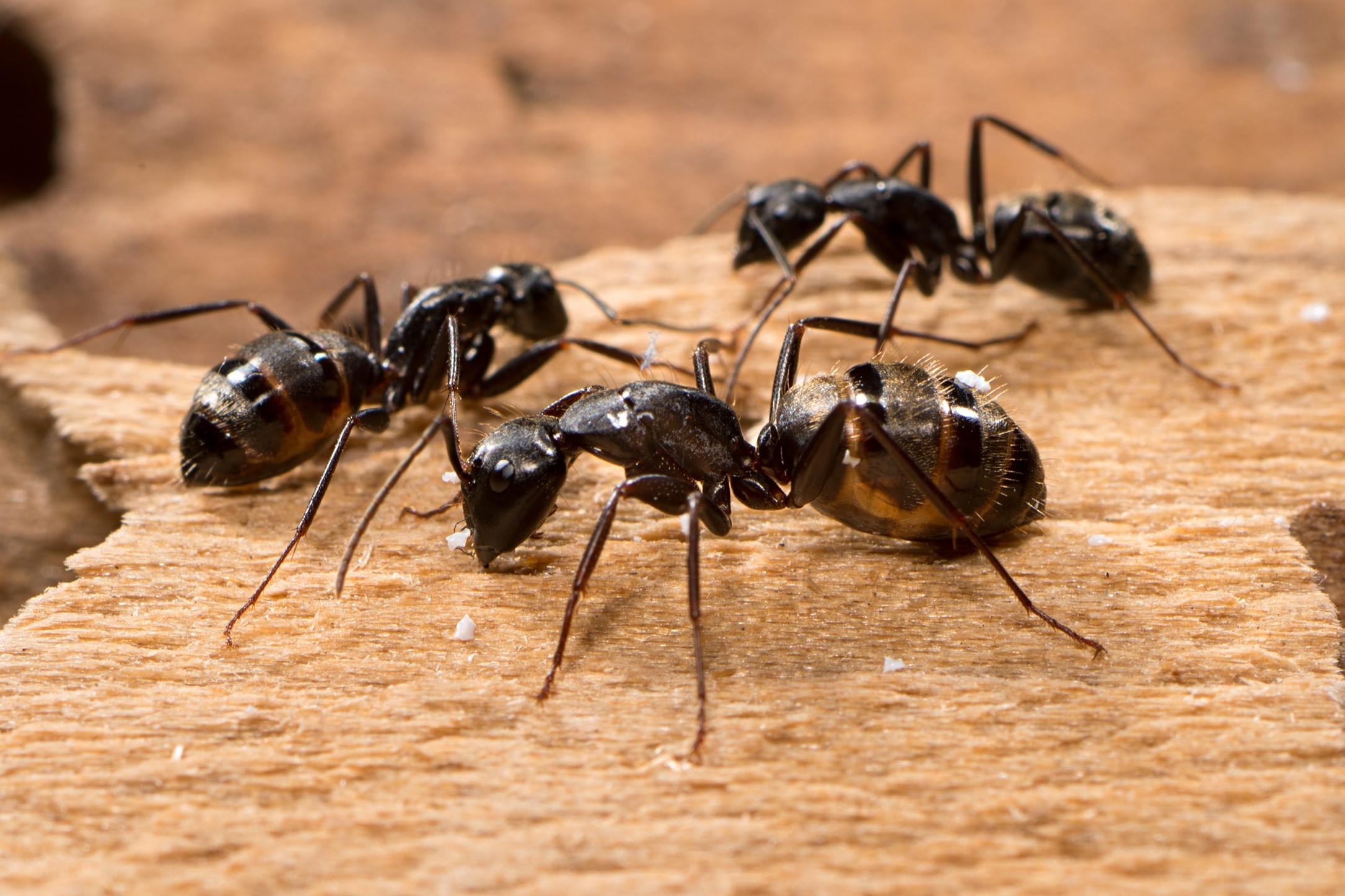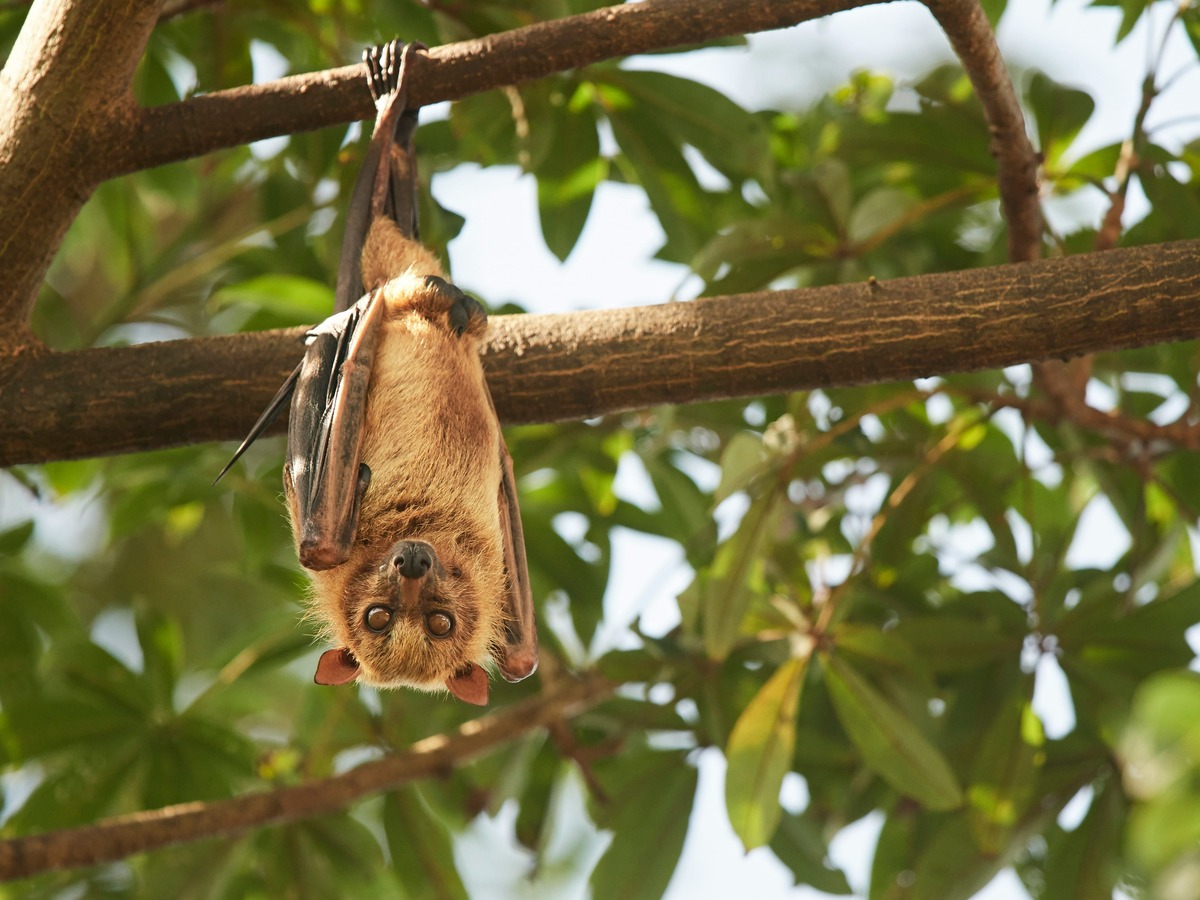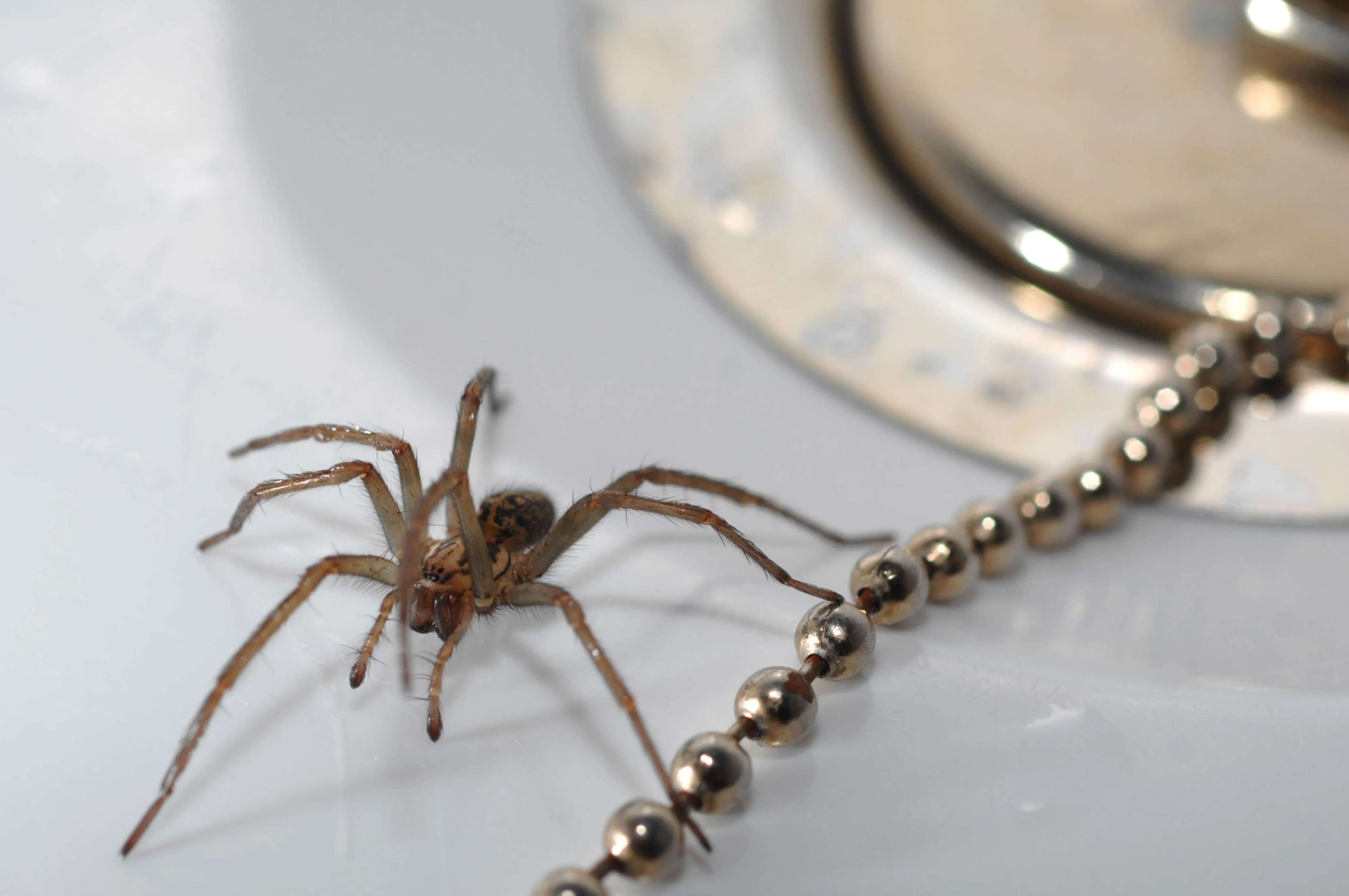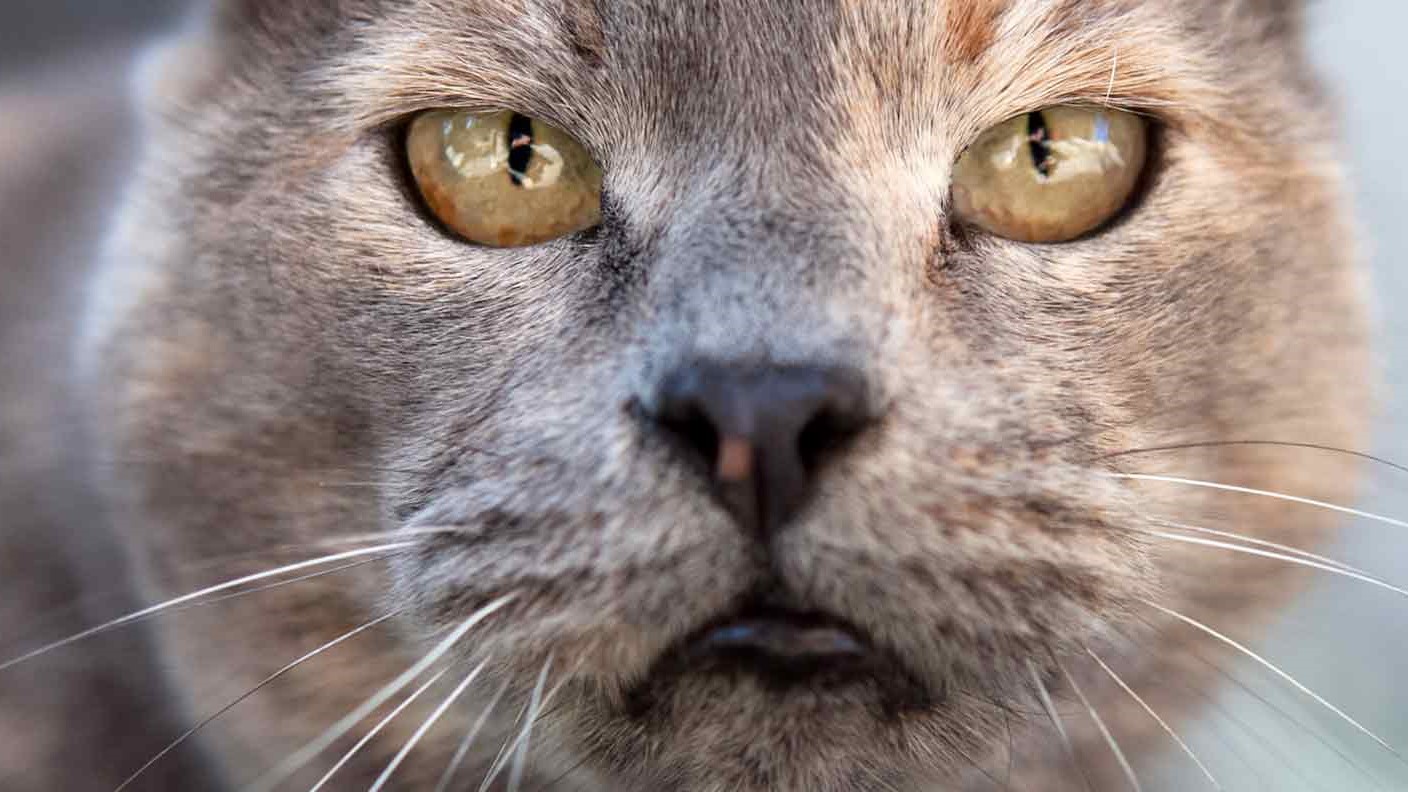Home>Health and Wellness>The Shocking Truth About Bifenthrin: Is Your Outdoor Pest Control Putting Your Loved Ones At Risk?
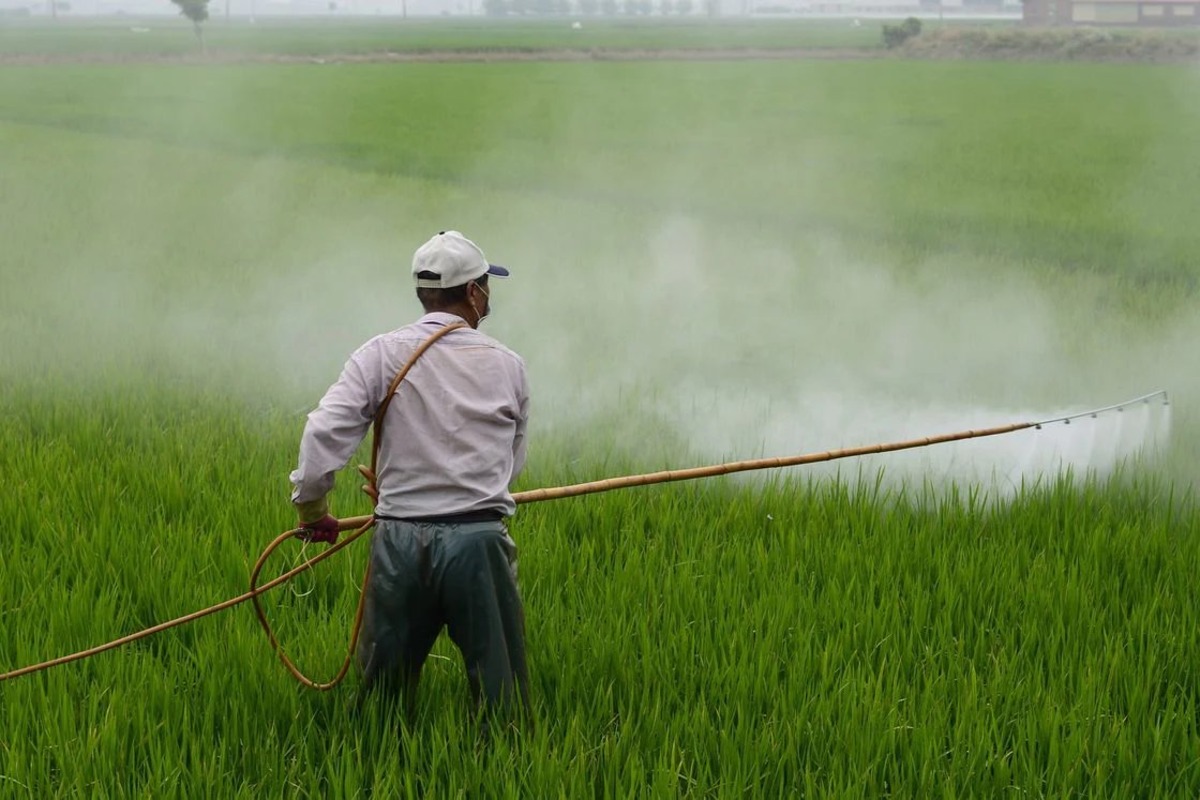

Health and Wellness
The Shocking Truth About Bifenthrin: Is Your Outdoor Pest Control Putting Your Loved Ones At Risk?
Published: February 20, 2024
Discover the potential health risks of using bifenthrin for outdoor pest control. Learn how to protect your loved ones with safe alternatives. #HealthandWellness
(Many of the links in this article redirect to a specific reviewed product. Your purchase of these products through affiliate links helps to generate commission for Noodls.com, at no extra cost. Learn more)
Table of Contents
Introduction
When it comes to maintaining a pest-free outdoor environment, many homeowners turn to chemical solutions for effective control. One commonly used pesticide is bifenthrin, a synthetic pyrethroid that is widely employed in outdoor pest control products. While bifenthrin is known for its efficacy in eradicating pests such as ants, termites, and mosquitoes, there is a growing concern about the potential risks it poses to human health and the environment.
As awareness of the potential dangers of bifenthrin exposure continues to rise, it's crucial for individuals to understand the implications of using this chemical in their outdoor spaces. The need to strike a balance between pest control and the well-being of our loved ones has never been more pressing. This article aims to shed light on the shocking truth about bifenthrin, empowering readers to make informed decisions about outdoor pest control and safeguarding the health and safety of their families.
As we delve into the world of outdoor pest control and the use of bifenthrin, it's essential to recognize the significance of informed decision-making. By gaining a deeper understanding of the potential risks associated with bifenthrin exposure, individuals can take proactive measures to mitigate these risks and explore alternative pest control methods that prioritize safety without compromising effectiveness. Let's embark on this journey to uncover the truth about bifenthrin and its impact on our outdoor living spaces.
What is Bifenthrin?
Bifenthrin is a synthetic pyrethroid insecticide that belongs to a class of chemicals designed to mimic the natural insecticidal properties of pyrethrins, which are derived from chrysanthemum flowers. This potent pesticide is widely utilized in outdoor pest control due to its effectiveness in targeting a broad spectrum of pests, including ants, termites, mosquitoes, and various other insects.
The chemical structure of bifenthrin enables it to disrupt the nervous systems of insects, leading to paralysis and eventual death. This mode of action makes bifenthrin a formidable weapon against unwanted pests that can compromise the comfort and safety of outdoor living spaces.
One of the key attributes that contributes to the popularity of bifenthrin is its residual activity. Once applied, bifenthrin can persist in the environment for an extended period, providing long-lasting protection against pests. This characteristic makes it particularly appealing for outdoor pest control, as it reduces the frequency of reapplication and ensures continuous defense against invasive insects.
Furthermore, bifenthrin is available in various formulations, including liquid concentrates, granular products, and aerosol sprays, offering versatility in application methods to suit different pest control needs. Its widespread availability in consumer products and its proven track record in pest eradication have cemented bifenthrin's status as a go-to solution for outdoor pest management.
Despite its efficacy in controlling pests, the use of bifenthrin has raised concerns about its potential impact on human health and the environment. As we explore the implications of bifenthrin exposure, it becomes evident that a comprehensive understanding of this pesticide is essential for making informed decisions about its use in outdoor pest control.
How is Bifenthrin Used in Outdoor Pest Control?
Bifenthrin is a versatile pesticide that is extensively employed in outdoor pest control due to its broad-spectrum effectiveness against a wide range of pests. Its application in outdoor settings encompasses various methods tailored to specific pest control needs.
-
Liquid Concentrates: Bifenthrin is commonly available in liquid concentrate formulations, which can be diluted with water and applied using sprayers. This method allows for targeted application, ensuring thorough coverage of outdoor surfaces such as lawns, gardens, and perimeter areas. The residual activity of bifenthrin in liquid form provides enduring protection against crawling and flying insects, making it an integral component of outdoor pest management strategies.
-
Granular Products: In addition to liquid concentrates, bifenthrin is formulated as granular products designed for convenient application in outdoor spaces. These granules are spread across lawns, flower beds, and other outdoor areas, delivering long-lasting pest control by creating a barrier that deters and eliminates insects. The slow release of bifenthrin from granular formulations enhances its efficacy, offering sustained protection against pests in residential and commercial outdoor environments.
-
Aerosol Sprays: For targeted pest control in specific outdoor areas, aerosol sprays containing bifenthrin provide a practical solution. These sprays enable precise application to control flying insects such as mosquitoes and gnats, effectively reducing their presence in outdoor recreational areas. The residual effect of bifenthrin aerosol sprays contributes to sustained pest management, making them a valuable tool for combating flying pests in outdoor settings.
The diverse application methods of bifenthrin in outdoor pest control underscore its adaptability to different environments and pest scenarios. Whether used to safeguard residential properties, recreational spaces, or commercial landscapes, bifenthrin plays a pivotal role in maintaining pest-free outdoor areas.
However, while bifenthrin's efficacy in outdoor pest control is undeniable, the potential risks associated with its use cannot be overlooked. As we delve deeper into the implications of bifenthrin exposure, it becomes imperative to address the concerns surrounding its impact on human health and the environment. This awareness is crucial for individuals seeking to make well-informed decisions about outdoor pest control, prioritizing the safety of their loved ones while effectively managing pest infestations.
Potential Risks and Dangers of Bifenthrin Exposure
The widespread use of bifenthrin in outdoor pest control has raised significant concerns regarding the potential risks and dangers associated with human and environmental exposure to this synthetic pyrethroid. While bifenthrin effectively targets and eliminates pests, its chemical properties and mode of action pose inherent risks that warrant careful consideration.
Human Health Risks
Exposure to bifenthrin can occur through various routes, including inhalation, dermal contact, and ingestion. Inhalation of bifenthrin aerosols or dust particles during application can lead to respiratory irritation and potential adverse effects on the respiratory system. Additionally, dermal contact with bifenthrin-containing products may result in skin irritation or allergic reactions, particularly in individuals with heightened sensitivity to chemical substances.
Of particular concern is the potential for bifenthrin to pose acute and chronic health risks to humans. Acute exposure, characterized by short-term contact or inhalation of bifenthrin, can lead to symptoms such as dizziness, nausea, and headaches. Prolonged or repeated exposure to bifenthrin raises the specter of chronic health effects, including neurological, reproductive, and developmental complications. These risks are especially pertinent for individuals with occupational exposure to bifenthrin in agricultural or pest control settings.
Environmental Impact
Beyond human health considerations, the environmental impact of bifenthrin warrants careful scrutiny. As a persistent pesticide with residual activity, bifenthrin has the potential to accumulate in soil, water bodies, and non-target vegetation, posing risks to ecosystems and non-invasive species. Runoff from treated outdoor areas can transport bifenthrin into aquatic environments, where it may adversely affect aquatic organisms and disrupt ecological balance.
Moreover, the impact of bifenthrin on non-target beneficial insects, such as pollinators and natural predators, raises concerns about unintended ecological consequences. The indiscriminate nature of bifenthrin's insecticidal action may inadvertently harm beneficial insect populations, thereby disrupting natural pest control mechanisms and compromising biodiversity in outdoor ecosystems.
Risk Mitigation and Alternative Approaches
In light of the potential risks associated with bifenthrin exposure, it is imperative for individuals and pest control professionals to prioritize safety while addressing outdoor pest management needs. Implementing risk mitigation strategies, such as using personal protective equipment during bifenthrin application, adhering to recommended application rates, and minimizing environmental exposure, can help reduce the likelihood of adverse effects on human health and the environment.
Furthermore, exploring alternative pest control approaches, including integrated pest management (IPM) strategies and the use of bio-based or organic pest control products, presents viable options for mitigating reliance on bifenthrin and minimizing associated risks. By integrating preventive measures, biological controls, and targeted pesticide applications, individuals can effectively manage outdoor pests while minimizing the potential hazards posed by synthetic chemical pesticides like bifenthrin.
As we navigate the complexities of outdoor pest control and pesticide use, it is essential to remain vigilant about the potential risks and dangers associated with bifenthrin exposure. By fostering awareness, promoting responsible pesticide application, and embracing sustainable pest management practices, individuals can safeguard their loved ones and the environment from the adverse effects of bifenthrin while maintaining pest-free outdoor living spaces.
Protecting Your Loved Ones from Bifenthrin Exposure
Safeguarding your loved ones from potential bifenthrin exposure necessitates a proactive and informed approach to outdoor pest control. By prioritizing safety and implementing targeted protective measures, individuals can mitigate the risks associated with bifenthrin while effectively managing pest infestations in outdoor living spaces.
1. Educate and Raise Awareness
Empowering family members and household occupants with knowledge about the potential risks of bifenthrin exposure is a crucial first step in protecting their well-being. By fostering awareness about the safe use of outdoor pest control products and the importance of minimizing direct contact with treated areas, individuals can instill a sense of vigilance and responsibility in their loved ones.
2. Opt for Professional Application
Engaging professional pest control services for the application of bifenthrin-based products can ensure adherence to recommended safety protocols and application guidelines. Pest control professionals are equipped with the expertise to apply pesticides in a targeted and controlled manner, minimizing the risk of overexposure and environmental contamination while effectively managing pest populations.
3. Implement Physical Barriers
Creating physical barriers, such as fencing or designated play areas, can help limit direct contact with bifenthrin-treated surfaces, especially in outdoor spaces frequented by children and pets. Establishing clear boundaries and designated zones can reduce the likelihood of unintentional exposure and promote a safer outdoor environment for recreational activities.
4. Embrace Integrated Pest Management (IPM)
Embracing an integrated pest management approach that emphasizes preventive measures, habitat modification, and the use of non-chemical pest control methods can reduce reliance on bifenthrin and other synthetic pesticides. By addressing underlying pest attractants and employing sustainable pest management practices, individuals can minimize the need for chemical interventions while promoting a balanced and eco-friendly outdoor ecosystem.
5. Explore Alternative Pest Control Solutions
Exploring alternative pest control solutions, such as bio-based insecticides, botanical repellents, and natural pest deterrents, offers viable options for reducing reliance on bifenthrin while safeguarding loved ones from potential exposure. These alternative approaches prioritize safety and environmental compatibility, providing effective pest control without compromising the well-being of family members and outdoor companions.
6. Practice Diligent Hygiene
Encouraging regular handwashing, especially after outdoor activities in treated areas, can help minimize the potential transfer of bifenthrin residues and promote good hygiene practices among family members. Additionally, laundering outdoor clothing and pet accessories after potential exposure to bifenthrin-treated surfaces can further reduce the risk of inadvertent contact and ingestion.
By adopting a multi-faceted approach that integrates awareness, preventive measures, and alternative pest control strategies, individuals can protect their loved ones from potential bifenthrin exposure while fostering a safe and harmonious outdoor living environment. Prioritizing safety and informed decision-making is paramount in ensuring the well-being of family members and pets in outdoor spaces where pest control measures are employed.
Conclusion
In conclusion, the use of bifenthrin in outdoor pest control presents a complex landscape of efficacy, risks, and considerations that demand careful attention from homeowners, pest control professionals, and environmental advocates. While bifenthrin has demonstrated remarkable effectiveness in eradicating a wide array of outdoor pests and maintaining pest-free living spaces, its potential impact on human health and the environment cannot be overlooked.
The shocking truth about bifenthrin lies in the delicate balance between its pest control prowess and the inherent risks it poses to human well-being and ecological harmony. The synthetic pyrethroid's residual activity, versatility in formulation, and broad-spectrum efficacy underscore its appeal as a go-to solution for outdoor pest management. However, the potential for bifenthrin exposure to trigger acute and chronic health effects, as well as its environmental implications, necessitates a conscientious approach to its use.
As individuals navigate the realm of outdoor pest control, it becomes imperative to prioritize safety, awareness, and informed decision-making. Protecting loved ones from potential bifenthrin exposure requires a proactive stance that encompasses education, risk mitigation, and the exploration of alternative pest control approaches. By fostering awareness about the safe use of outdoor pest control products, opting for professional application, implementing physical barriers, embracing integrated pest management, exploring alternative solutions, and practicing diligent hygiene, individuals can safeguard their families and pets from the potential hazards of bifenthrin while maintaining pest-free outdoor environments.
Furthermore, the adoption of sustainable pest management practices, including the reduction of reliance on synthetic chemical pesticides and the promotion of ecological balance, aligns with the collective responsibility to preserve the well-being of our communities and the natural world. By embracing a holistic approach that harmonizes effective pest control with safety and environmental stewardship, individuals can navigate the complexities of outdoor pest management with confidence and integrity.
In essence, the shocking truth about bifenthrin serves as a catalyst for informed action, inspiring individuals to reevaluate their approach to outdoor pest control and prioritize the well-being of their loved ones and the environment. By embracing knowledge, responsibility, and sustainable practices, individuals can transform outdoor living spaces into havens of safety, harmony, and natural abundance, free from the shadows of potential pesticide risks.
